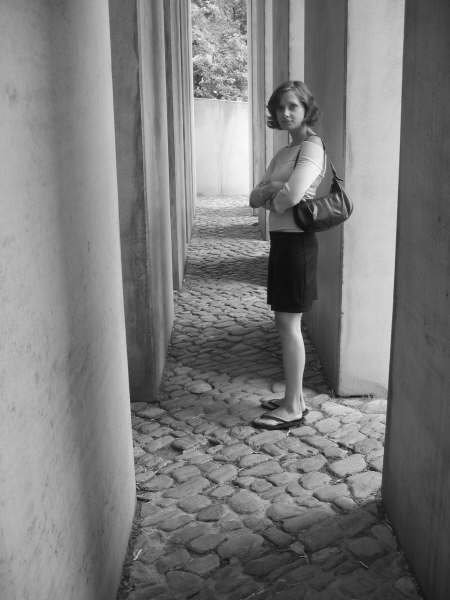I'm currently taking an art history course on how North Americans have collected medieval Art, and how we've displayed it in our museums. We're also looking at some of the challenges and issues we face when we mount medieval art exhibitions for diverse audiences today.
We spent Wednesday's seminar talking about the nineteenth century beginnings of individuals' collecting of medieval art. I learned that some of the issues we've encountered in our public history context about authentic, versus replica artifacts arose in that early collecting period in America.
Apparently, when the first big public art museums began to be established in the States after the Civil War, art was largely thought of as an educational tool for the masses. We know this - we're familiar with the notion of fine art having some moral effect on its audience. But did you know that, at that time, Americans weren't exactly sure of how to approach the public display of European art? Museum officials were a little uneasy with oft smooth-talking European dealers, and their ability to swindle. So, American museums of the late 19th century preferred displaying reproductions of great works of European art.[1]
It's interesting to think that those museum officials thought reproductions could effectively communicate important moral lessons. For them, then, the authenticity of the piece was subordinate to a more general message. The contemporary writings on collections and pedagogy that I listed in my last blog post seem to embody very similar notions.
And we think we're being avant-garde when we reflect on the emerging "post-museum" that reimagines museums' identity.[2] It's all just little bits of history repeating.
--------------------------------------------------------------------------
[1] All of this information (though corroborated by my Professor, Dr. Kathryn Brush, and by my classmates, all graduate students in art history who know worlds more about this stuff than I ever, ever will), is outlined in a really neat exhibition catalogue. We're using this catalogue, itself put together by Penn State grad students, as one of our core textbooks: Medieval Art in America: Patterns of Collecting, 1800-1940 (University Park, PA: Pennsylvania State University, 1996). See page 22 for this particular reference. This catalogue is neat because it displays medieval art, but it also explains Americans' evolution of taste in collecting. The exhibition it documents was an exhibition about past exhibitions.
[2] Yes, "post-museum." Sigh. See Eilean Hooper-Greenhill, Museums and the Interpretation of Visual Culture (New York: Routledge, 2000), preface. She writes that the "post-museum" is emerging in the 21st century. It is a place where the visitor is active, and where that visitor determines meaning in the museum.
Thursday, January 18, 2007
Subscribe to:
Post Comments (Atom)

No comments:
Post a Comment